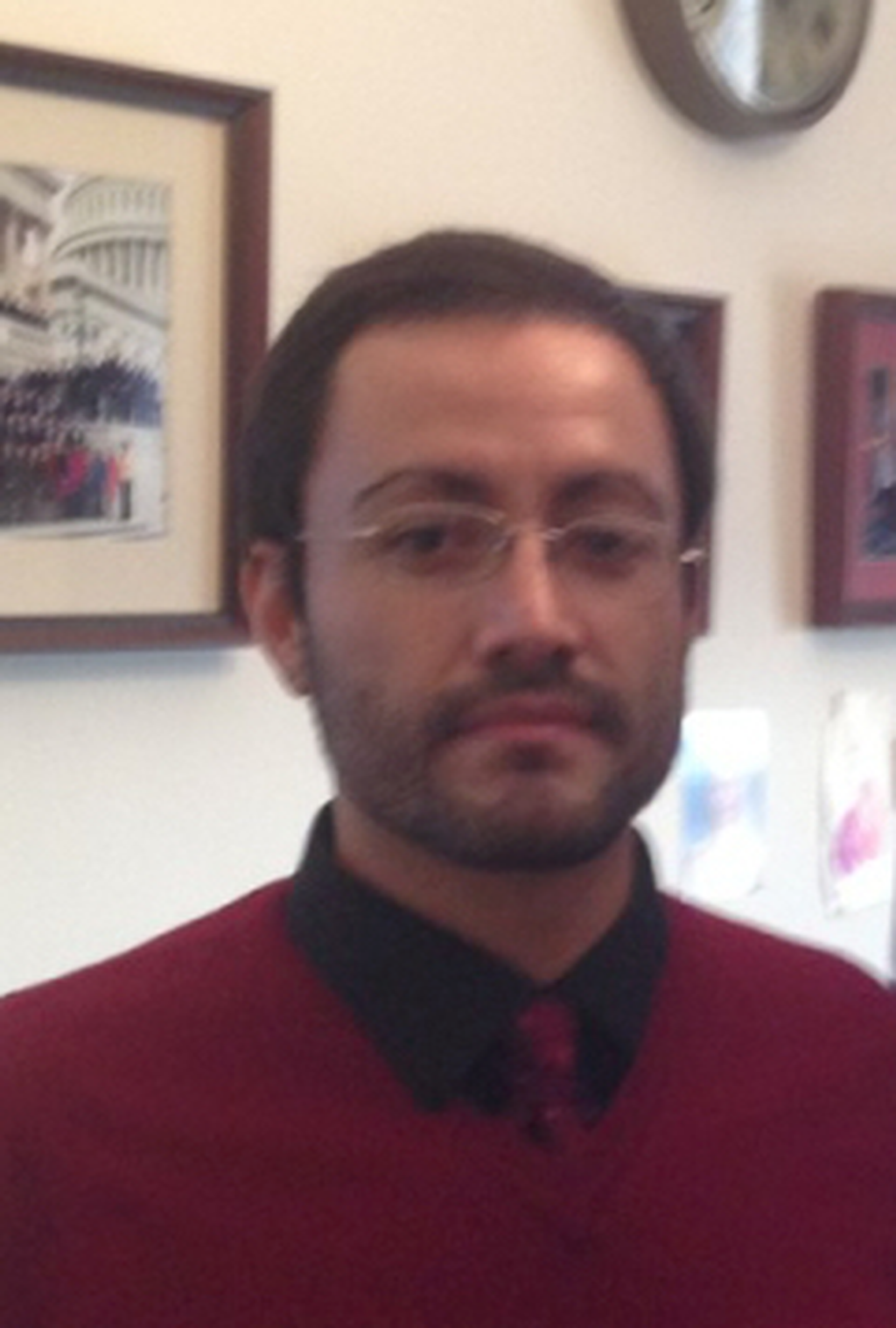Modeling the LiNi0.5Mn1.5O4 High-Voltage Cathode: from bulk properties to interfacial chemistry
Modeling the LiNi0.5Mn1.5O4 High-Voltage Cathode: from bulk properties to interfacial chemistry
Wednesday, May 17th, 2017
Presentation Time: 9:00am - 10:00am
Venue: Cymer Conference Center (Room 248) at UC San Diego, Structural Materials Engineering (SME) Building
Dr. Marco Olguin
Army Research Laboratory
ABSTRACT:
For the high-voltage LiNi0.5Mn1.5O4 Li-ion battery cathode material, the effect of the crystallographic plane of particle surface facets in contact with the electrolyte may have the biggest impact on its full-cell electrochemical performance in dictating the types and extent of side reactions that occur at the electrolyte/cathode interface and the subsequent formation of a passivation layer. To investigate the effect of electrolyte type on the LiNi0.5Mn1.5O4 cathode interfacial chemistry, we used the GGA+U and HSE06 Density Functional Theory methods in combination with static relaxation calculations, Nudged Elastic Band calculations, and implicit solvation calculations suitable for periodic supercell slab models on various electrolyte/cathode interface model systems, focusing on the relationship between cathode morphology and electrolyte reactivity. The cathode structure variables examined are crystallographic phase (Fd3m, P4332, and surface reconstructed P4332), crystal facet ([100] and [111]), and state-of-charge (fully lithiated and fully de-lithiated cathode). In turn, the types of electrolyte studied are carbonates, sulfones, and fluorinated systems. We find that the propensity for an electrolyte molecule to undergo a spontaneous decomposition reaction is strongly dependent on the relative molecule/cathode interfacial orientation. For one key electrolyte/cathode relative orientation configuration, spontaneous proton abstraction reactions take place for the ten different cathode surfaces studied.
BIOSKETCH
Dr. Marco Olguin is currently working as a postdoctoral research associate in the Electrochemistry Branch at the US Army Research Laboratory, where he performs computational modeling in application to Li-ion battery systems. Since joining the Computational Science Program at the University of Texas at El Paso in 2010 for his doctoral studies, Dr. Olguin has been fortunate to continuously work with world-class High Performance Computing (HPC) supercomputers, including machines ranked in the top 10 by the TOP500 project. With access to numerous powerful HPC architectures, Dr. Olguin has developed expertise in massively parallelized calculations, including development work on the massively parallelized NRLMOL and CP2K quantum chemistry codes.
Contact Unjong Lee or Pritesh Parikh for further information about the seminar.
Unjong Lee unjonglee@ucsd.edu
Pritesh Parikh priteshparikh@eng.ucsd.edu


